
 Tech
Tech
 PHOTOGRAPHY BY The Author
PHOTOGRAPHY BY The Author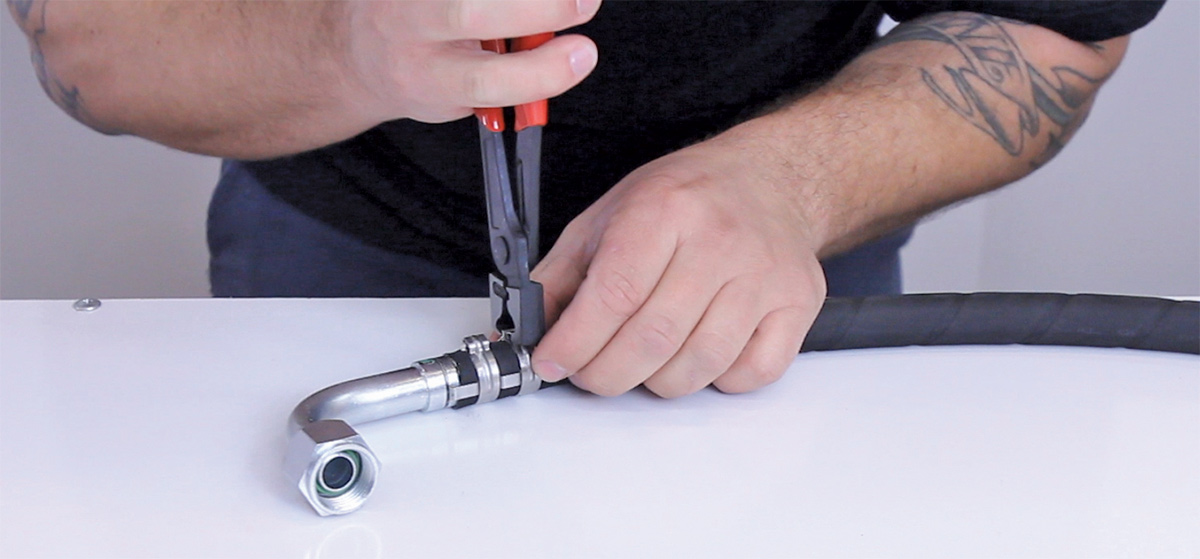
hen it comes to aftermarket air conditioning systems, the traditional beadlock fitting has been the industry standard since Vintage Air developed their first kit some 40-plus years ago. They provide a reliable, leak-free crimp and are available in a myriad of configurations. But the hose and fittings are bulky and require a single-purpose beadlock hose crimper with the corresponding dies for each hose size, of which there are typically three (#6, #8, and #10). For the homebuilder who wants to DIY his own A/C hoses, an expensive crimping tool and dies must be purchased or the crimping of the A/C hoses must be outsourced to a local automotive A/C shop. But there is an alternative to those bulky, specialty fittings that is actually easier to install, takes up less real estate, looks cleaner, and uses a smaller diameter, more flexible hose: the EZ Clip system.
The EZ Clip system was developed for the heavy truck, agriculture, military, bus, and construction industries in order to repair or replace refrigeration lines easily in the field. Its simplicity in design makes it perfect for the DIY car builder, something the guys at Vintage Air were quick to notice and adopt. Unlike beadlock fittings, the EZ Clip system doesn’t require a special set of crimpers and dies for each hose and fitting size. One single, specifically designed set of pliers is the only tool required to install any size EZ Clip fitting.
The business end of an EZ Clip hose consists of a hose fitting (of which there are over 300 end configurations available), a cage, and two clips that correspond to the respective hose size (#6, #8, and #10). Assembly is simple: the hose and clips are slid over the hose fitting like a traditional barb and hose connection, the cage is snapped into place on the hose fitting, and the clips closed tight using the EZ Clip pliers. This can be done on a work bench or in place on the vehicle, as the system was originally intended, making it much more flexible than its predecessor.
Given its simplicity, it’s no wonder the EZ Clip system has become the industry standard in so many different applications. Its ease of installation and flexibility makes it perfect for mobile repairs and custom hose fabrication in the field. For those building a custom truck at home, that translates to a better experience and one more thing to check off the list as a DIY task. If an A/C system install is in your future, check out all the EZ-Clip components available from Vintage Air. This tried-and-tested system will not only make your installation go together easier, but it will look cleaner and more professional!
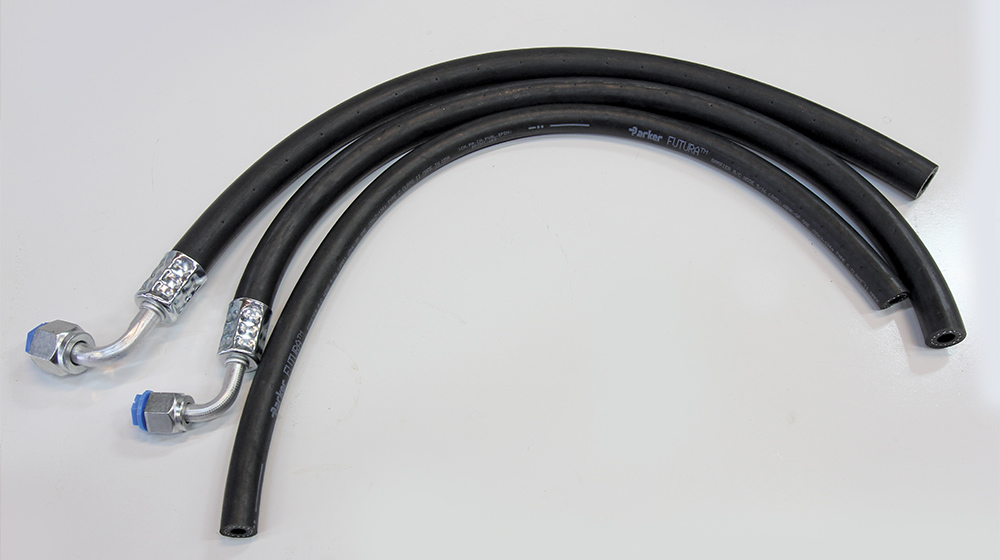
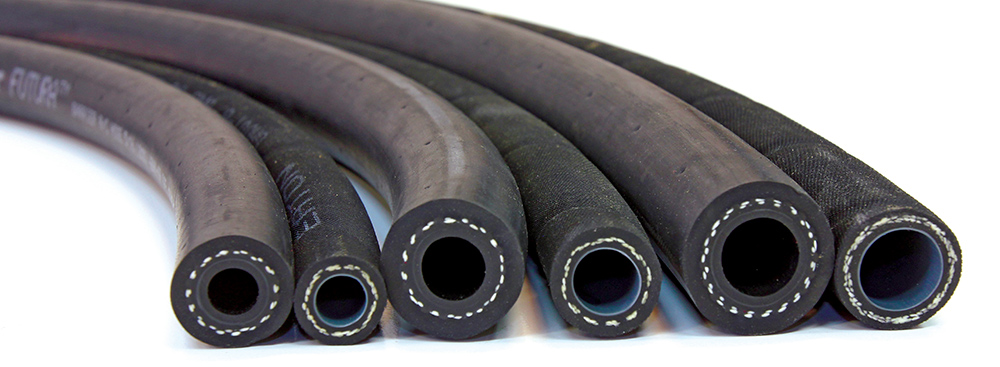
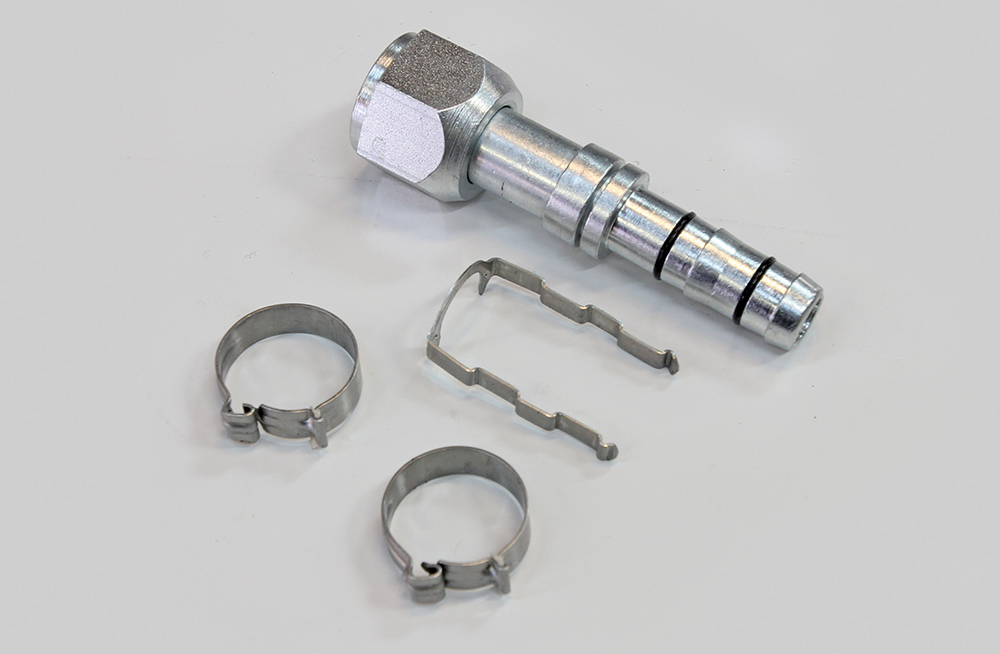
1. Traditional beadlock fittings require an expensive crimping tool and a set of dies for each individual hose/fitting size. Due to the nature of the construction of the hose, its od is larger and it’s less flexible than the same-size EZ Clip hose.
2. This side-by-side comparison shows the difference between each size beadlock and EZ Clip A/C hose (#6, #8, and #10, respectively). Notice the od of the largest; #10 EZ Clip hose (far right) is very close to the od of the smallest #6 beadlock hose (far left). The EZ Clip hose’s compact size is thanks to its design. An internal, dual Nylon veneer tube is reinforced by a one-textile braid, wrapped in a layer of EPDM that covers and protects the hose. The result is a hose with extremely low permeation, excellent heat, ozone, UV resistance, and minimal moisture ingression.
3. Each EZ Clip fitting consists of three separate components: a hose fitting, cage, and two clips. Coupled with the Nylon veneer tube in the hose, the EZ Clip system gets its sealing ability thanks to the double O-ring design on the hose fitting and the final clamping power of the closed clips, located precisely over each O-ring by the cage.
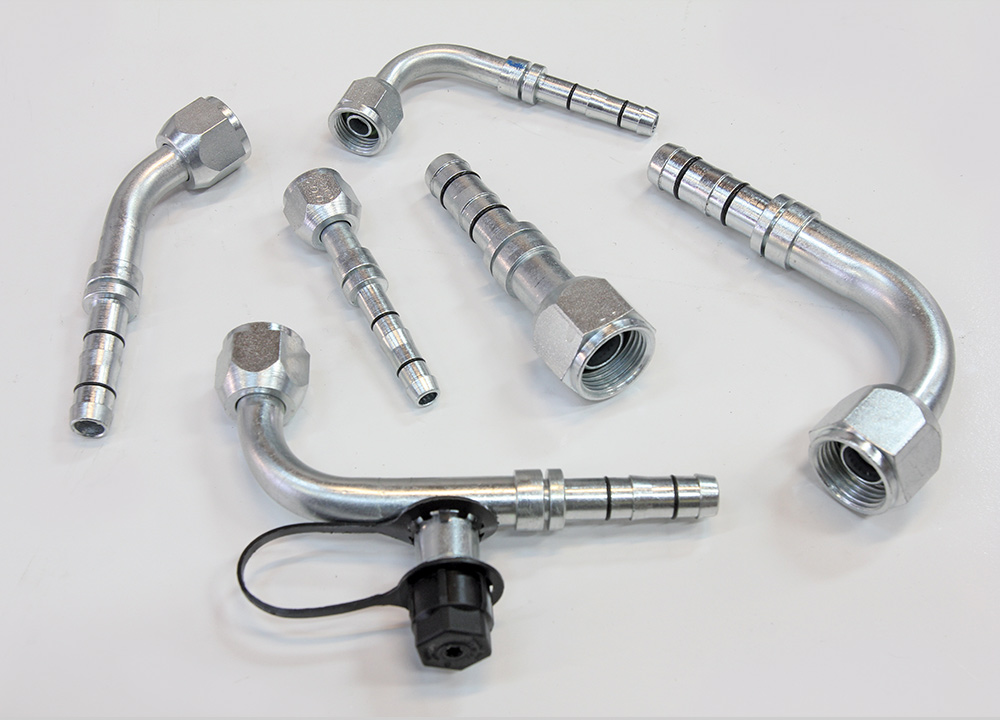

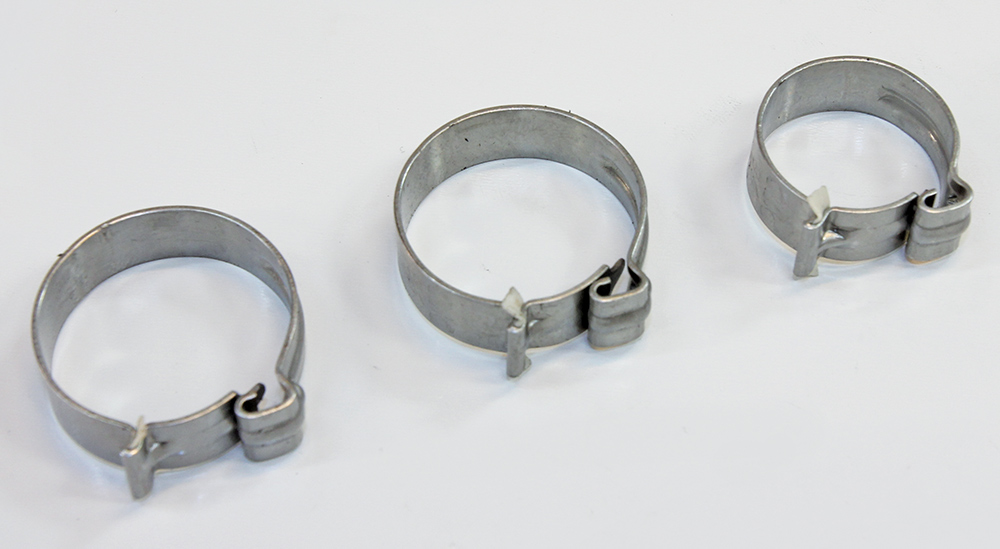
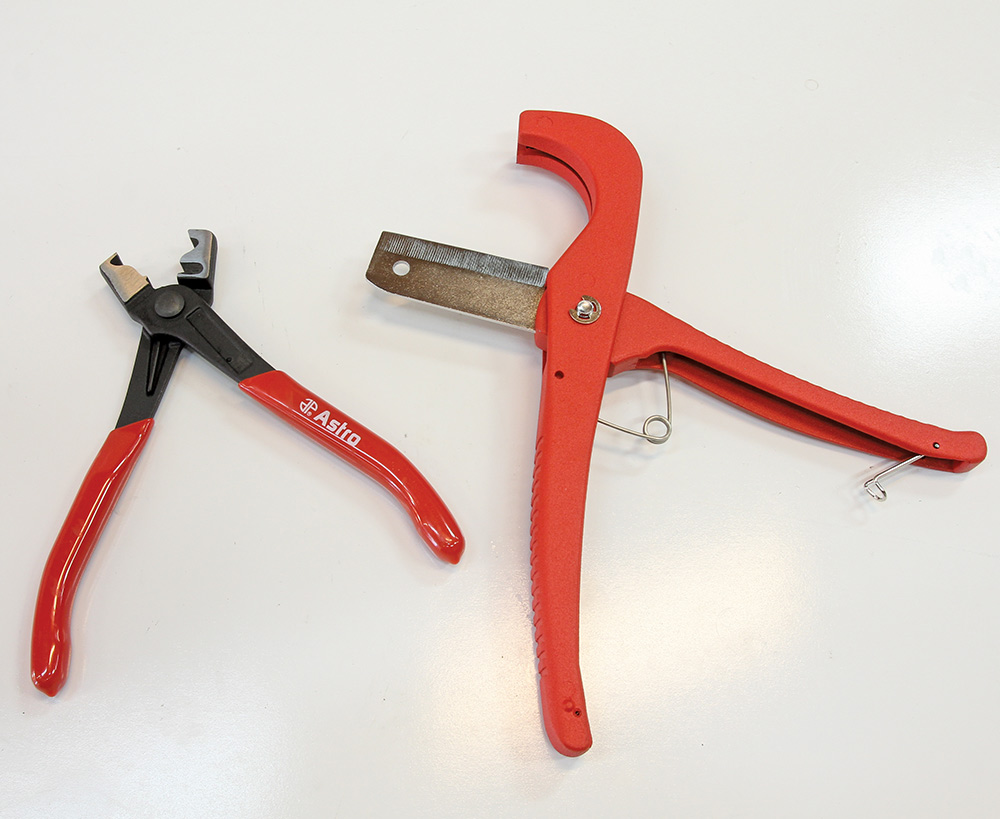
5-6. Like the hose fittings, the cage and clips are also size specific. However, thanks to their design, it’s nearly impossible to mix and match components.
7. While an expensive crimping tool and individual dies are not needed for the EZ Clip system, there are two tools that are necessary that we picked up from Vintage Air. One is a sharp hose cutter that will make a clean, square cut through the hose. The second is a handheld, purpose-built plier designed to close the clips once in place.
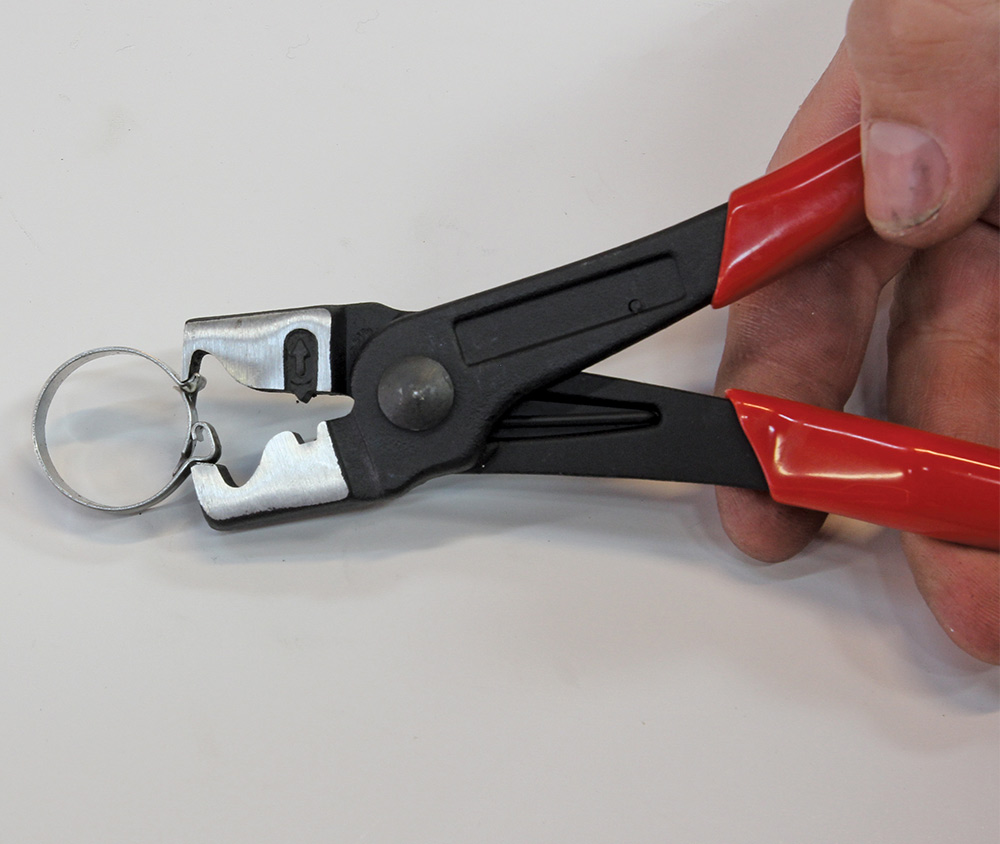
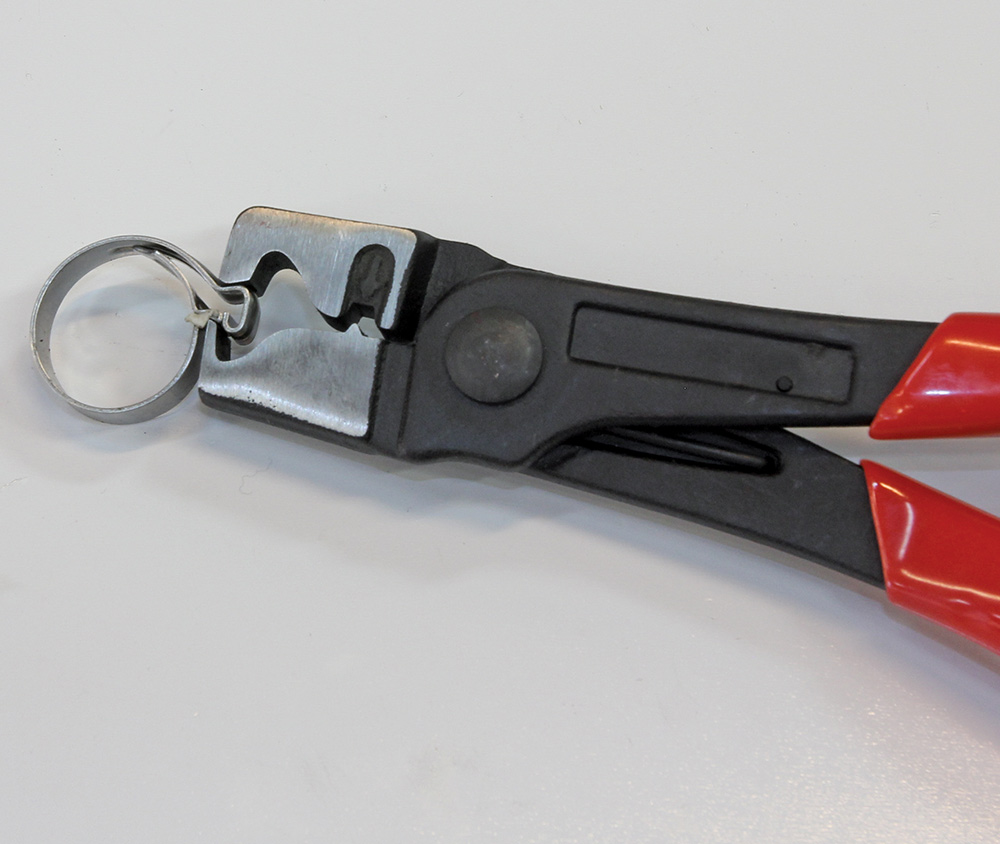
9. This alignment ensures that the pliers remain square throughout the closing process.


11. The first step to installing an EZ Clip assembly is to first cut the hose square before installing two properly sized clips.

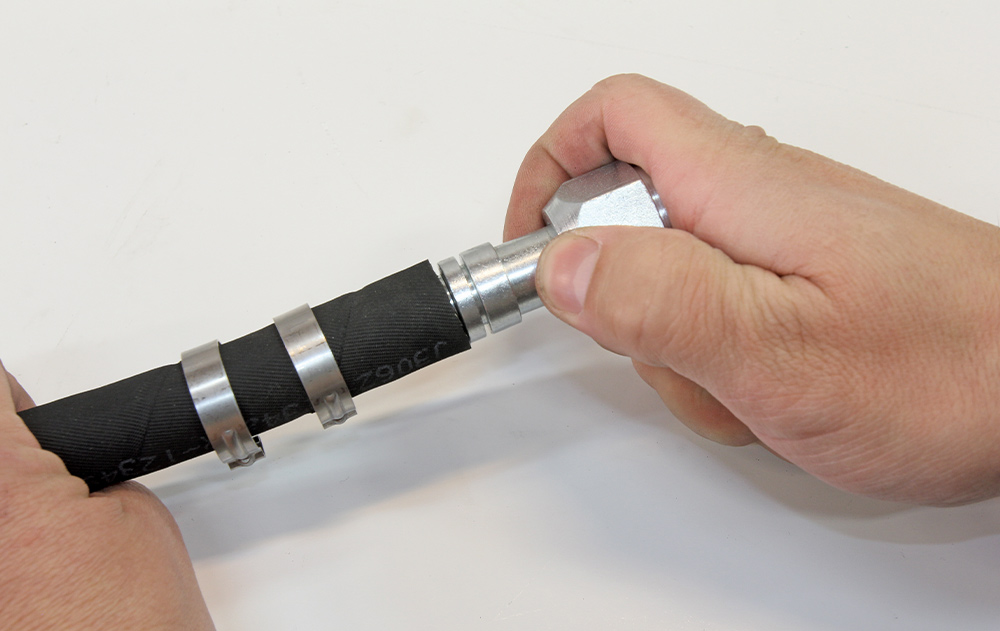

13. The hose fitting is then inserted into the hose until it’s fully seated.
14. Next, a cage is installed on the hose fitting with the arms of the cage extended over the hose.

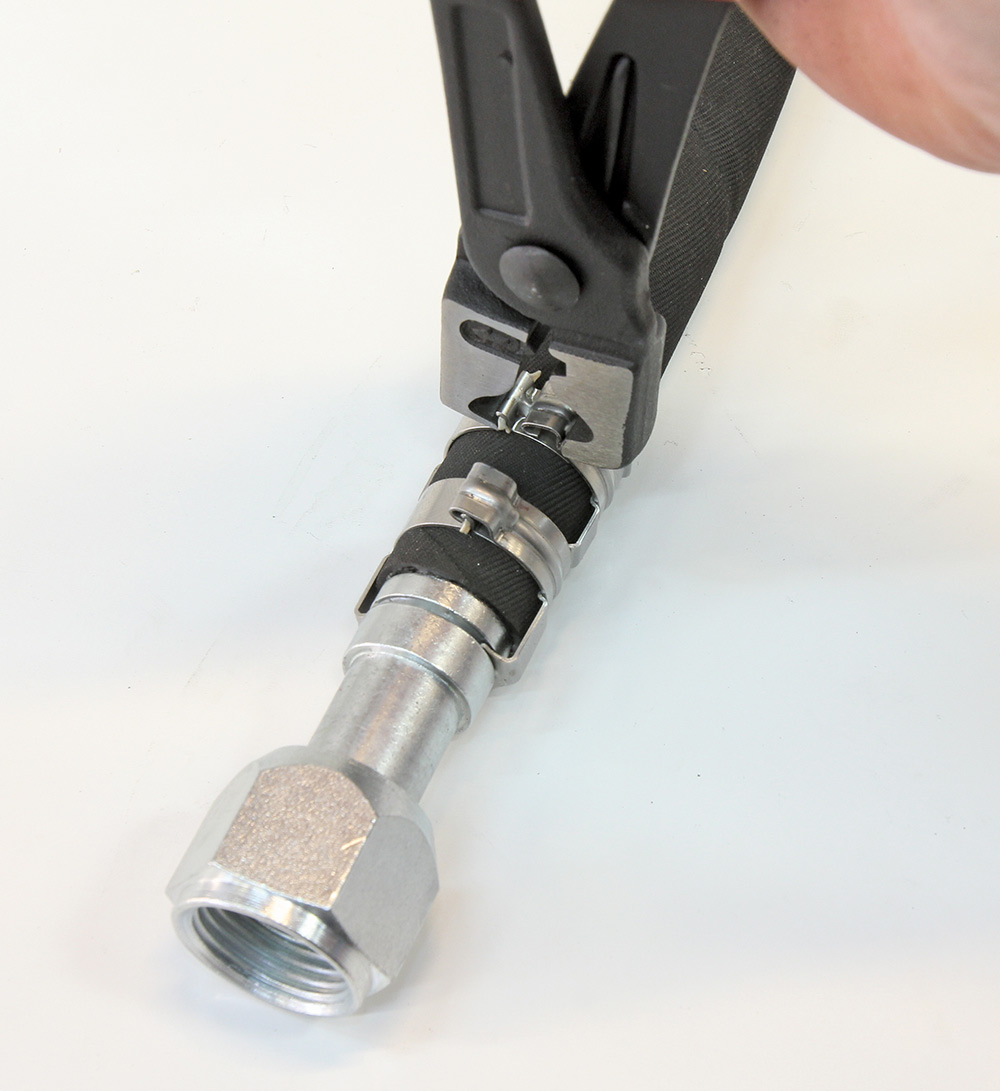
16. The clips are then slid over the cage arms and into their respective channel before being closed tight using the installation pliers.
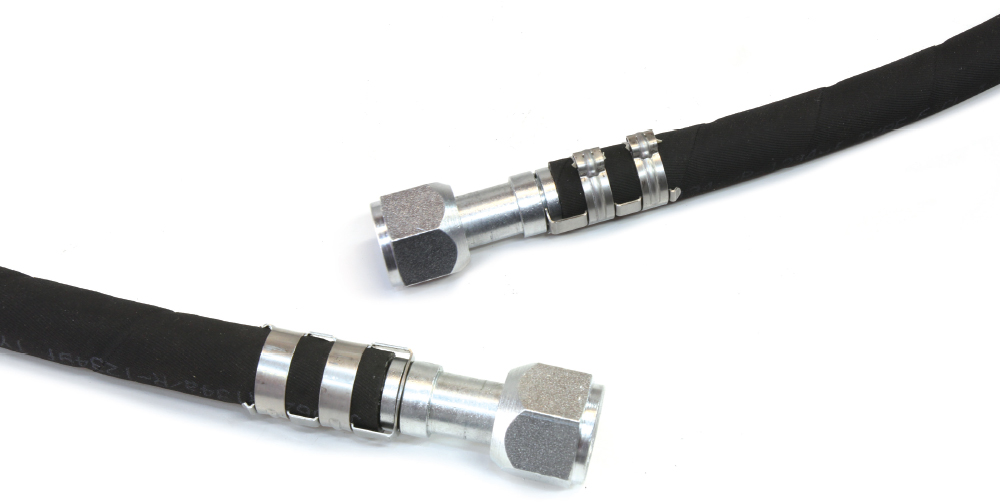
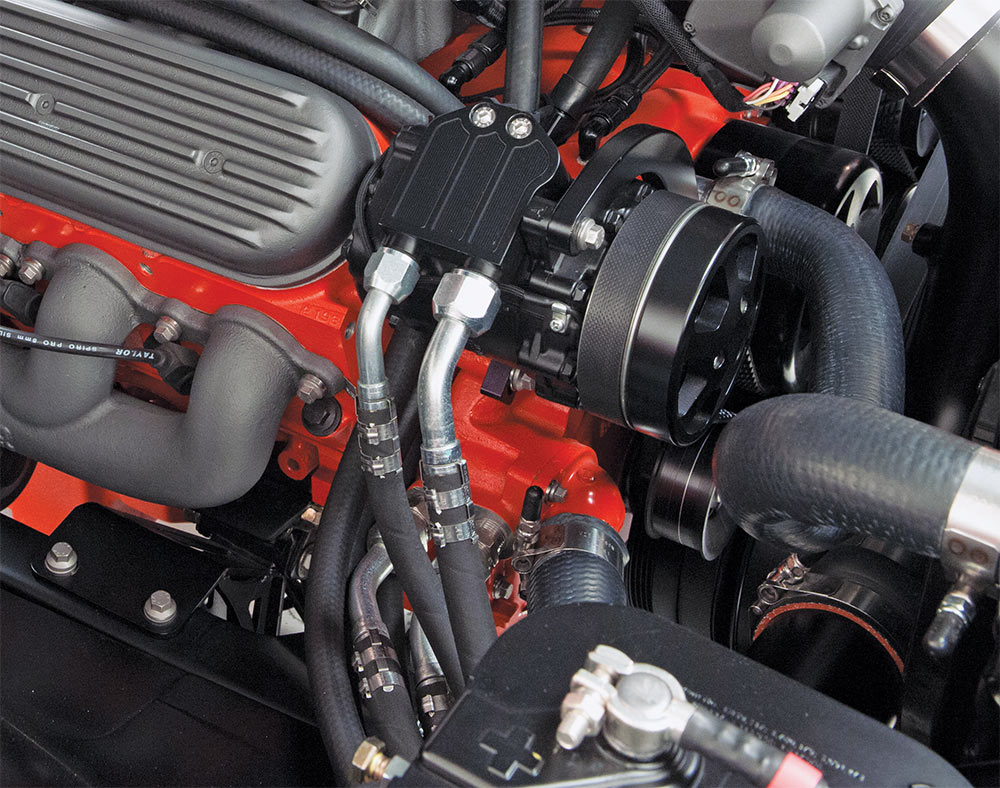
19. Professional shops prefer the EZ Clip system for its flexibility, ease of installation, and less-obtrusive fitting and hose arrangement. This shot of the engine bay of Pete Richmond’s 1968 Chevy C10, built by Cotati Speed Shop, shows the EZ Clip system in its native environment all with components purchased over-the-counter from Vintage Air. Photo by Mike Chase.